Various programmes are planned at Kerala Kalamandalam tomorrow(April 24) to pay tributes to the legendary artists.
April 3, 2022, marked the 15th death anniversary of Kalamandalam Padmanabhan Nair, the consummate Kathakali performer and guru. On this occasion, Kalamandalam Padmanabhan Nair Smaraka trust is conducting a series of programmes including a Kathakali performance(Bakavadham – Poorvabhagam), mohiniyattam composed by veteran Mohiniyattam artist and wife of the maestro, Kalamandalam Sathyabhama, the release of a documentary on the artist couple directed by Kalamandalam John and remembrance meet among others.
As a guru since 1951 Padmanabhan Nair joined Kalamandalam after a two-year stint with Santha Rao in ‘Bangalore. He has been able to uphold the tradition of his revered father, the legendary Pattikkamthodi Ramunni Menon. His father, was a Kathakali stalwart and had perfected the Kalluvazhi chitta and introduced it in Kerala Kalamandalam. Padmanabhan Nair was moulded by his father himself. It was a long-drawn journey of learning, which started at home and later continued at Kalamandalam and at PSV Natyasangham Kottakkal, a centre for performing and teaching Kathakali, where his father had served for several years. The institution was further instrumental in producing veterans like Kalamandalam Gopi, thanks to the untiring efforts of a team of gums including him and his colleagues Kalamandalam Ramankutty Nair, Kalamandalam Nambissan, Kalamandalanj Krishnankutty Poduval and Kalamandalam Appukutty Poduval.
Discipline master
Among the surviving veteran artists, perhaps Kalamandalam Padmanabhan Nair stands out for his close observation of the contemporary trends in dance theatre. For he is a difficult taskmaster and strict disciplinarian too. Padmanabhan Nair believes that there has been a considerable let up in the discipline in Kathakali training centres that has considerably affected the quality of the performance nowadays.
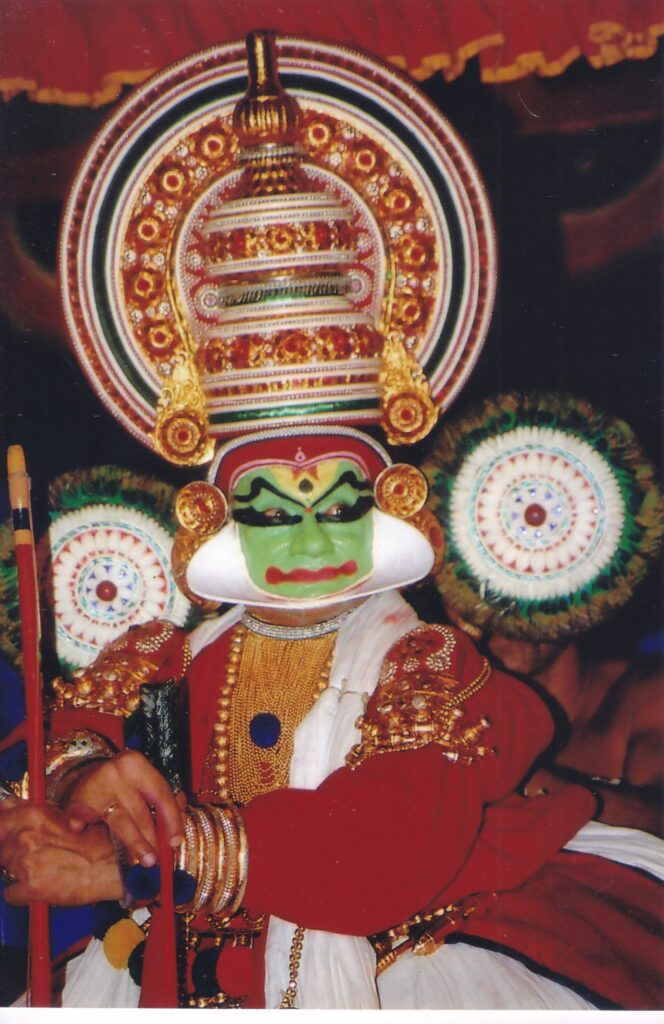
“In Kathakali, aesthetics is of paramount importance which can spring only from sustained training. Absence of this parameter sterns from the lack of enough `Cholliyadikkal’ in the kalaris. Both the students and teachers have to realise that there is no substitute for hard work for a Kathakali artiste. Thus, I feel that parents should also take an abiding interest in their children’s studies”, he said once. According to him the patronage that Kathakali enjoyed during the heydays of feudalism cannot be compared to what he has today. Not only were the patrons of those days highly knowledgeable, but they also took pains to correct even minor aberrations on the part of the performers.
An advocate of classical plays
Kathi Vesham of the artist to have at least some discerning rasikas, though a microscopic minority. But even they refrain from constructive criticism. Also, criticism is resented by the performer fraternity which is undesirable, he felt. An ardent advocate of classical plays vis a vis the new ones, Padmanabhan Nair was an ardent follower of the rigid format and choreography of the old plays. Moreover, they portray ethereal characters who live only in our imagination. Historical plays never appear the characters in them are known by their physical identity.
He once recalled the observation of the late E.M.S. Namboothiripad, “Innovations are a must; but that does not mean that a character like Dussasanan should appear differently”. He is of the view that unlike in daily life, familiarity does not breed contempt in classical art forms. That is why we are more eager to see and listen to old ones themselves. This phenomenon is further related to rasasvadana where the rasika appreciates a performance in relation to the already existing image of the same in his mind.
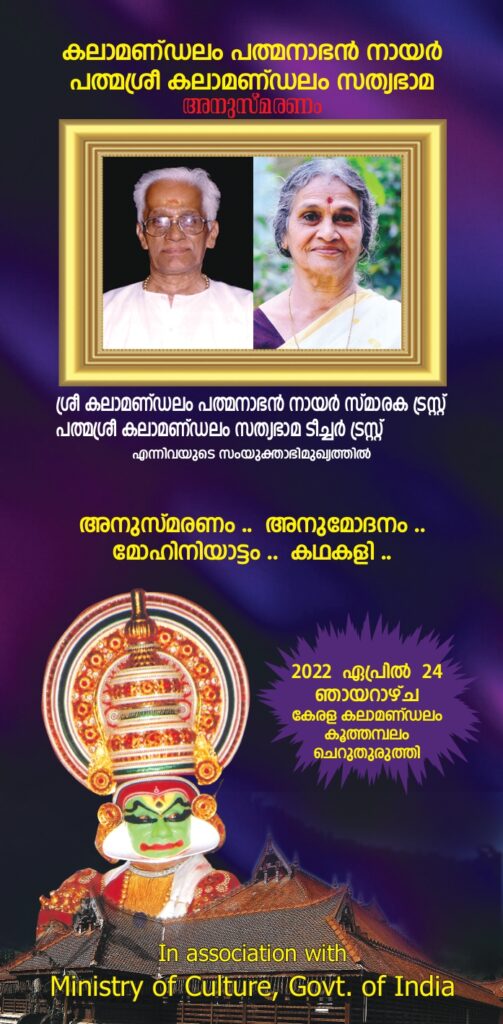
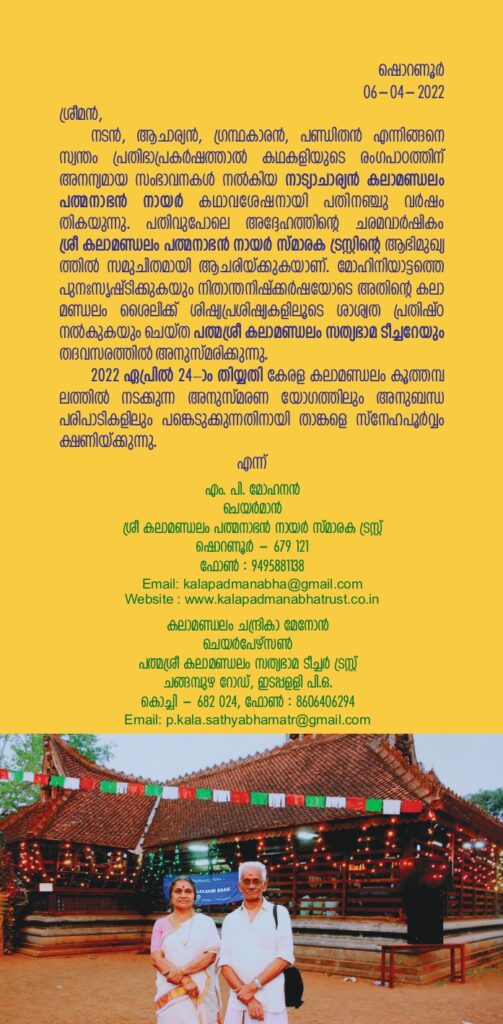
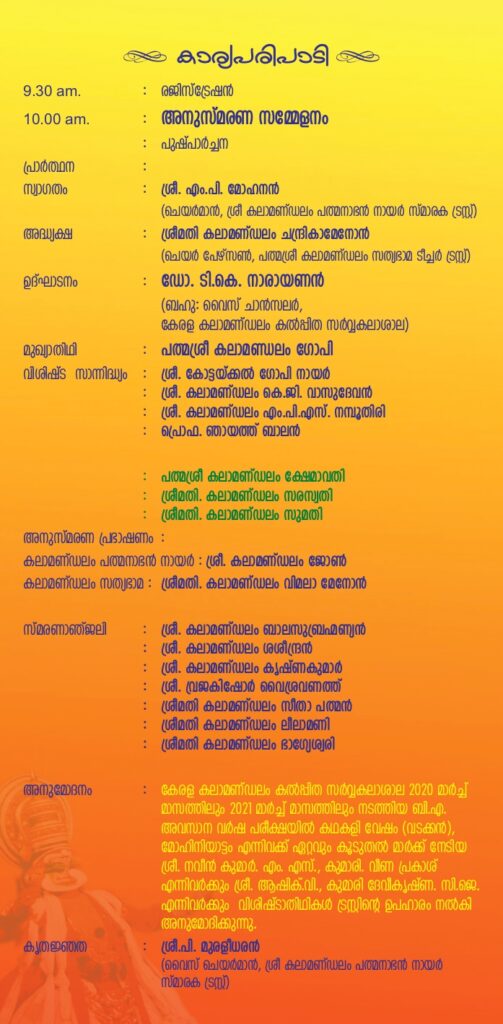
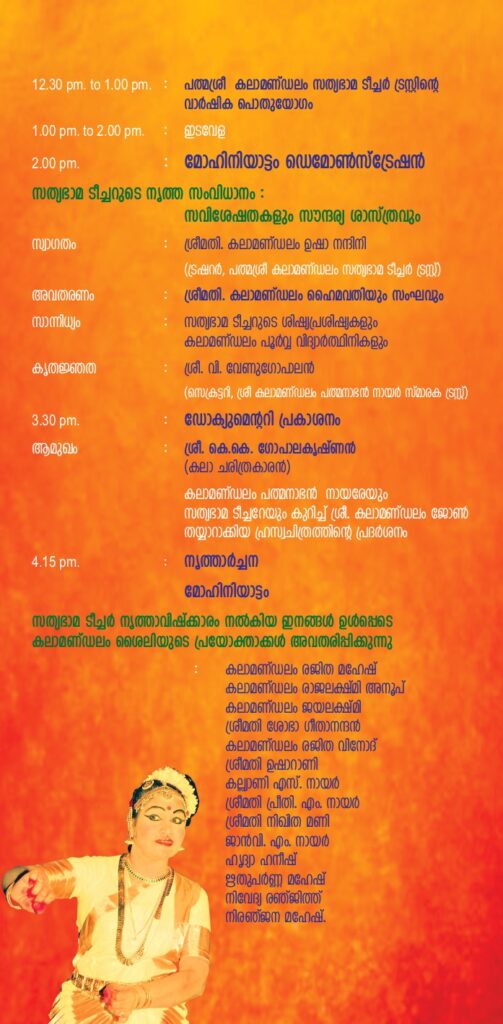
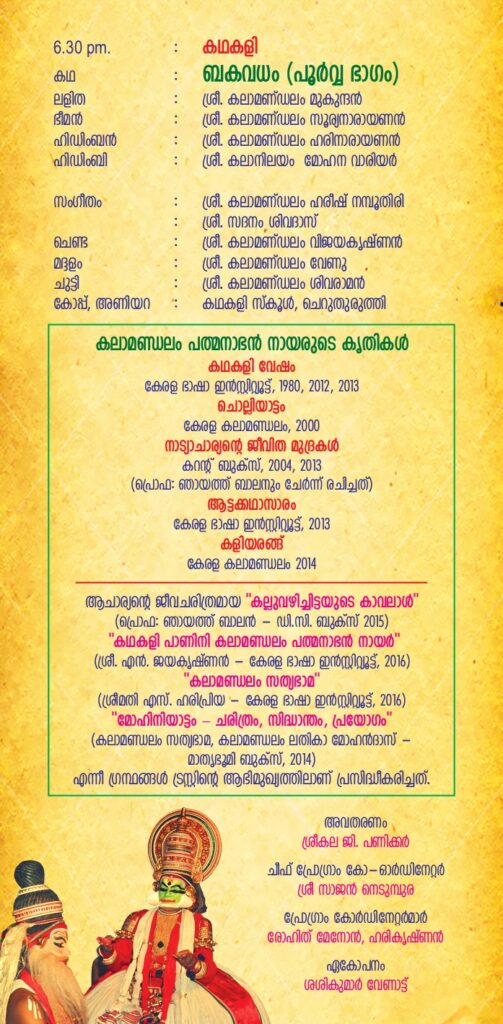
Reviver of Mohiniyattam
Kalamandalam Satyabhama on the other hand was instrumental in the revival of Mohiniyattam, and her contributions serve as the base for the Kalamandalam style of the art form. At the age of 20, Satyabhama became a teacher herself at Kalamandalam, her alma mater. Sathyabhama not only became instrumental in modifying Mohiniyattam giving it a shape and structure but also proved her administrative skill as the first lady vice principal and later the principal of Kerala Kalamandalam.
She redefined the movement dynamics of Mohiniyattam, drawing from the lasya aspects of Kathakali and Kaikottikali, but never copied them. The fact that she had learnt Kathakali helped a lot, she is quoted to have said. Satyabhama also re-wrote tradition by interspersing abhninaya and adavu, which were performed consecutively in Mohiniyattam earlier. She was also the one who enriched the multifarious expressions of the love-lorn Nayika. To her credit, she has 35 distinct adavus, 11 padams, 4 basic varnams and many thillanas and group choreographies. More to that, she developed a specific curriculum, modified the costumes, and refined the kutcheri tradition in Mohiniyattam. Satyabhama credits the valuable contributions of various Kalamandalam artists including her husband Padmanabhan Nair.

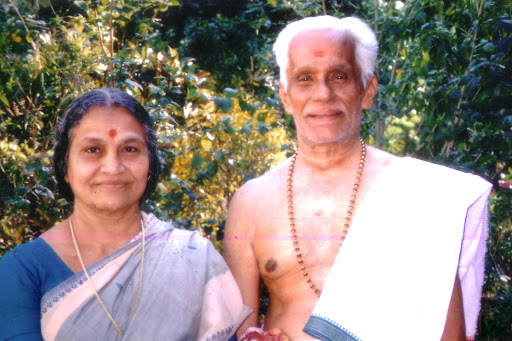
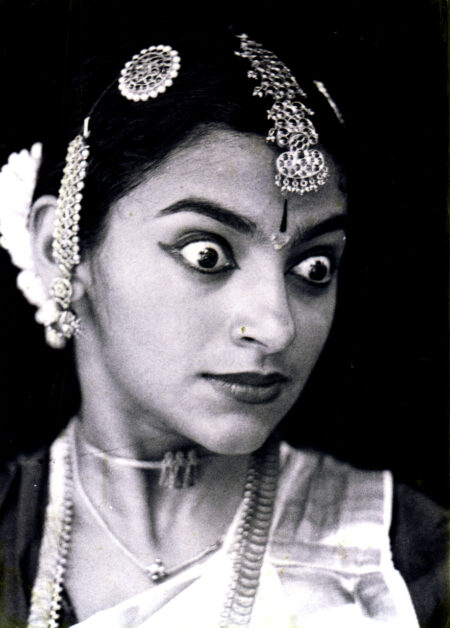
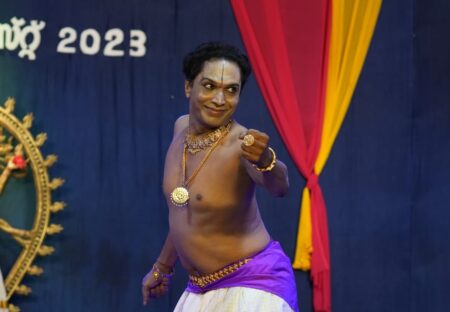
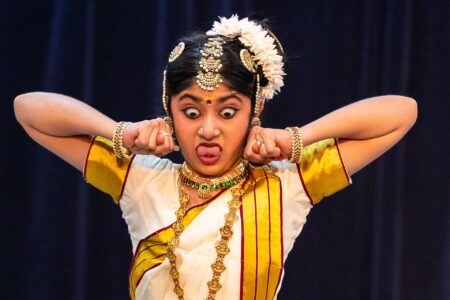
2 Comments
A befitting tribute to the phenomenal contributions by the resourceful couple to preserve the classicism of Kathakli and Mohiniyattam.
Thanks a lot!